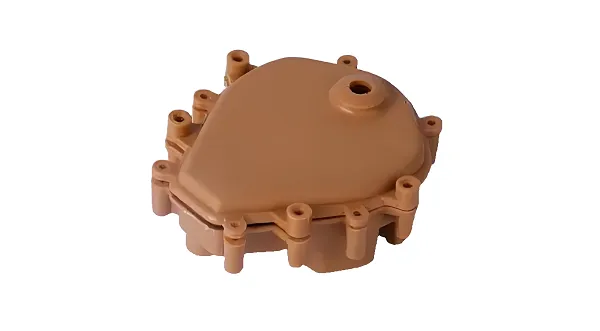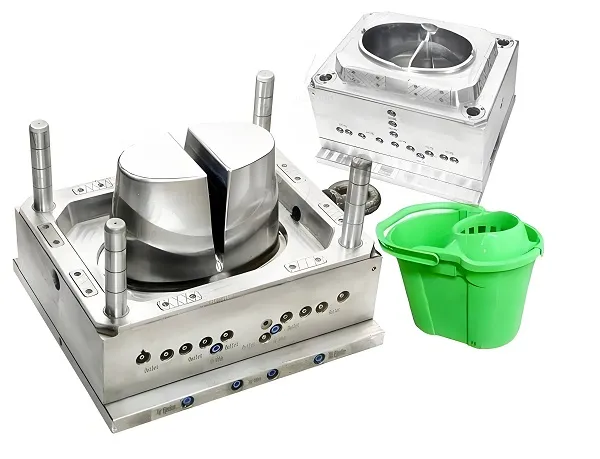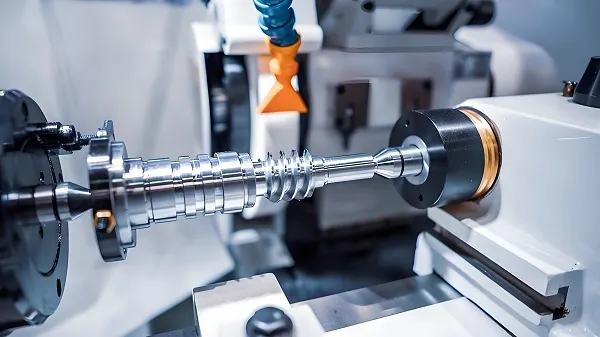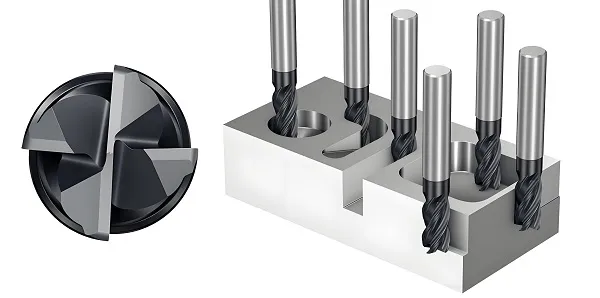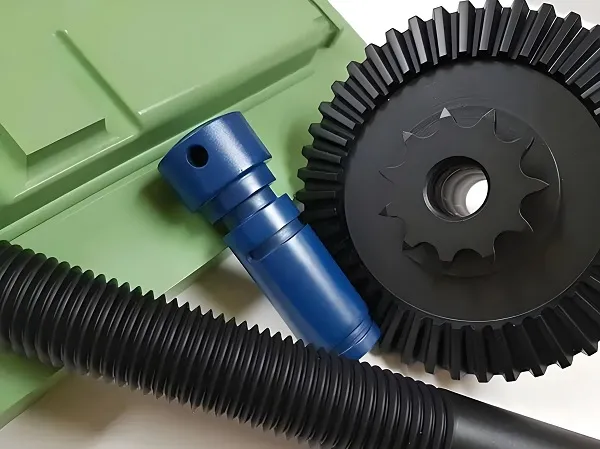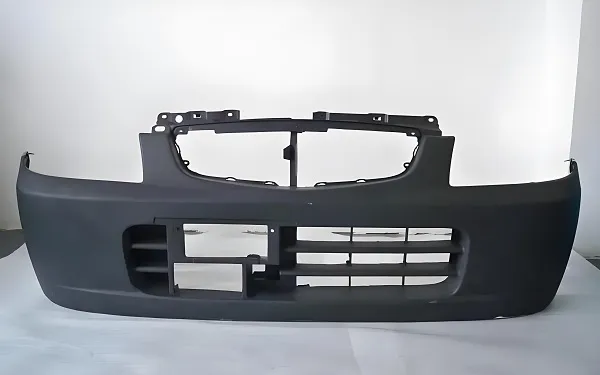Custom injection molds are a critical part of the plastic molding process, allowing for the creation of high-quality, three-dimensional plastic parts through accurate mold design and manufacturing. Whether you’re in the automotive, medical, or consumer goods industry, custom injection molds are an important tool for efficient, mass production. The following is a basic encyclopedic guide to custom injection molds to help buyers understand how to customize a set of molds, select mold materials based on the characteristics of the product being produced, and understand the technical processes associated with molds.

1.Steps for customized injection molds
Accept the mission statement:
The mission statement is usually proposed by the part designer, including part drawings, plastic grade, transparency and other information, as well as plastic part samples.
According to the mission statement, the mold designer will carry out mold design, including mold structure design, parts processing and assembly.
Design the mold:
Create an accurate 3D model of the mold using computer-aided design (CAD) software.
Analyze part drawings to understand the use of the part, processability, dimensional accuracy, and other technical requirements.
Determine the molding method, such as direct pressing, casting or injection.
Manufacture the mold:
Create mold cavities and other features based on the design using CNC machine tooling or electrical discharge machining techniques.
After completing the mold, it is thoroughly tested to ensure that a high quality part is produced.
Injection Molding Production:
Molten plastic is injected into a mold under high pressure.
After the plastic has cooled and solidified, the mold is opened and the finished product is removed.
2. Selection of Mold Material
Choosing the right mold material is the key to ensuring mold durability and productivity. The following are some common mold materials and their characteristics:
Tool steel:
Has good wear resistance, corrosion resistance and thermal stability.
Suitable for making molds for high-volume products.
Stainless Steel:
Excellent corrosion resistance and strength.
Suitable for applications requiring high corrosion resistance.
Aluminum:
Low density, high strength, easy to process.
Suitable for occasions where the weight and cost of the mold are required.
The following factors need to be considered when selecting a mold material:
Use environment: such as temperature, humidity, corrosion.
Service life: the expected life of the mold.
Processing requirements: such as precision, surface quality.
3. The relevant technical process of the mold
Heat treatment process:
Improve the hardness and strength of the mold material by adjusting the heating temperature, holding time and cooling rate.
Quenching and tempering are common heat treatment processes.
CNC machining process:
High-precision machining using CNC machine tools ensures the precision and surface quality of the mold.
Common CNC machining methods include milling, turning, and drilling.
Mold fire extinguishing process:
Eliminate processing stress and improve the surface hardness of the mold through heating, holding and cooling processes.
Cooling and heating system:
Determine the cooling and heating methods of the mold, as well as the shape and location of the heating and cooling grooves and the installation site of the heating element.
Injection molding machine parameter calibration:
Calibrate the maximum injection volume of the injection molding machine, injection pressure and mold and injection molding machine installation part of the relevant dimensions.
4. Special processes for injection molds
In addition to conventional injection molding, there are many special processes to achieve complex functional and cosmetic effects:
Two-color and multi-color injection molding:
Using two or more materials to mold a product, to achieve different color and tactile appearance effects.
Secondary injection molding (overmolding/overmolding process):
Plastic products that have been injection molded once are injection molded again to increase the appearance performance and functional quality of the product.
Insert injection molding:
Embedding inserts (e.g. metal parts, electronic chips) into injection molds to achieve multi-functional integration.
Nano injection molding:
After nano-treatment of the metal surface, the plastic is directly injection molded on the metal surface to achieve the integration of metal and plastic molding.
Foam injection molding:
Adding foaming agent to the material to form a porous honeycomb structure for lightweighting and vibration damping.
No-spray injection molding:
Plastic pellets with special metallic color effects are injection molded in one shot, eliminating the need for post-processing treatments such as spraying.
Injection Compression Molding:
Combining injection molding and compression molding, it has stable dimensions and precise surfaces, and is suitable for thin-walled products.
Summarize
Custom injection molding is a complex and precise process that involves a number of aspects, including design, material selection, manufacturing processes, and technical processes. By understanding these basics, buyers can better communicate with the mold maker to ensure that the customized mold meets their production needs. Choosing quality mold materials and appropriate processes will help improve product quality and productivity and reduce production costs.

